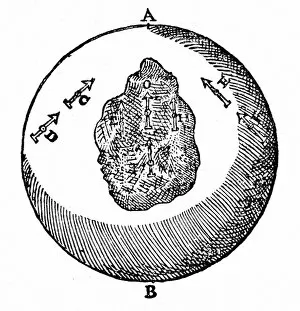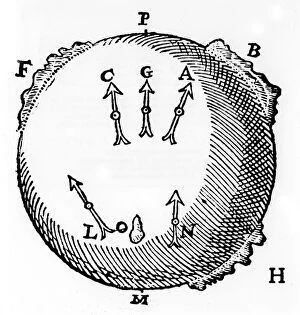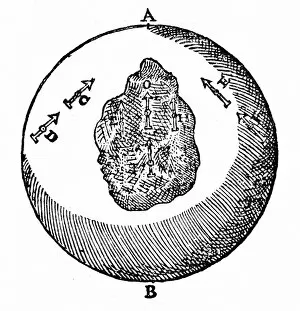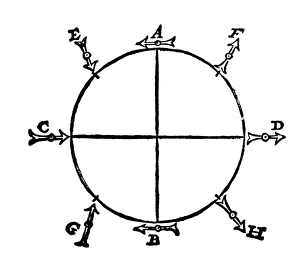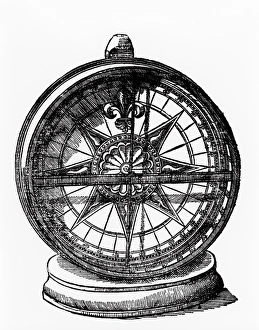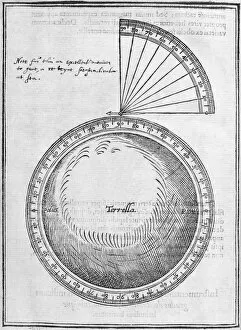Terrella Collection
"Unveiling Earth's Magnetic Secrets: Terrella, a Window to the Past" In 1600, William Gilbert revolutionized our understanding of magnetism with his terrella
All Professionally Made to Order for Quick Shipping
"Unveiling Earth's Magnetic Secrets: Terrella, a Window to the Past" In 1600, William Gilbert revolutionized our understanding of magnetism with his terrella. This globe-shaped magnet, adorned with lumps of iron resembling mountains, allowed him to unravel the mysteries hidden within Earth's magnetic field. Gilbert's groundbreaking discovery revealed that magnetic needles on a terrella would unfailingly point towards the north pole. Not only did this observation shed light on the fundamental principles of magnetism but also provided crucial insights into navigation and exploration during that era. With his ingenious device, Gilbert was able to depict the intricate phenomenon known as magnetic dip. By carefully observing how compass needles behaved when placed at different latitudes on his terrella, he mapped out variations in Earth's magnetic field strength and inclination across its surface. The significance of Gilbert's work extended beyond scientific curiosity; it had practical implications too. His declinometer became an essential tool for sailors seeking accurate navigation by determining their latitude based on magnetic readings taken from a terrella. Today, we owe much of our knowledge about Earth's magnetism to these early advancements made by William Gilbert and his remarkable inventions. The legacy of his terrella lives on as scientists continue using similar devices to explore our planet's ever-evolving magnetic field. So next time you marvel at your trusty compass pointing northward or ponder over satellite-guided navigation systems relying on geomagnetic data, remember that it all started centuries ago with a simple yet profound idea encapsulated in Gilbert’s humble terrella – unlocking nature’s secrets one needle at a time.

